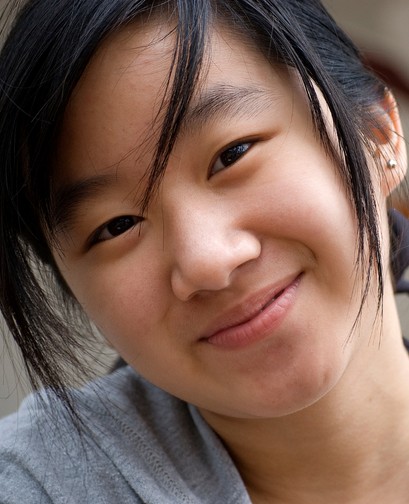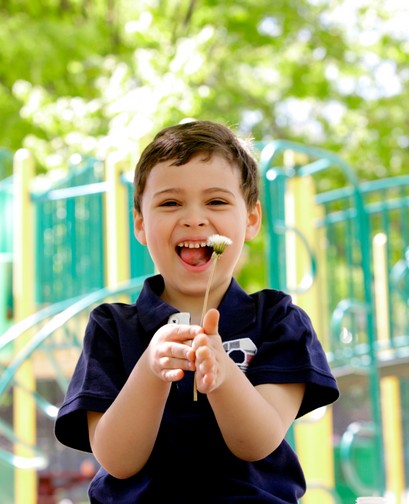How we understand and view Autism is potentially different to the views you have heard elsewhere. You see, Reframing Autism is Autistic-led. Our perspectives on Autism don’t just come from professional training or university study or book-learning. They come from our lived experiences as professionals, as parents, and, most importantly, as Autistic people.
We have lived as Autistic individuals our entire lives, and we each have a deep, personal knowledge of what it is to live Autistically. It is that experience that informs what we do and why we do it.
Autistic people develop differently to non-autistic people. Autistic people think, move, interact, sense and process differently to what people might expect. We also have more qualities and characteristics in common with other Autistic people than with non-autistic people. Each person is different, but Autistic people will be different to non-autistic people in the way we:
These differences can look different for children and adults. Read more below.





The Reframing Autism team would like to acknowledge the Traditional Owners of the lands on which we have the privilege to learn, work, and grow. Whilst we gather on many different parts of this Country, the RA team walk on the land of the Amangu, Awabakal, Bindjareb, Birpai, Whadjak, Wiradjuri and Yugambeh peoples.
We are committed to honouring the rich culture of the Aboriginal and Torres Strait Islander peoples of this Country, and the diversity and learning opportunities with which they provide us. We extend our gratitude and respect to all Aboriginal and Torres Strait Islander peoples, and to all Elders past and present, for their wisdom, their resilience, and for helping this Country to heal.